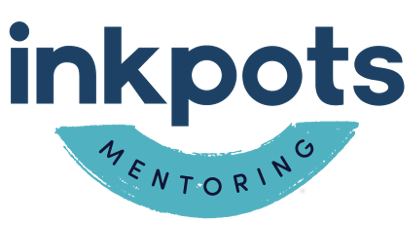At Inkpots, we are lucky enough to have great links with our local secondary school, the Burgess Hill Academy. We have our own creative space there and in September, started a new group for the Year 7 students who had recently started. This week, I was asked by a couple of young people if we could have a worry jar in the room where they could put notes of things that were bothering them.
These days, it isn’t unusual for students to bring their worries to the meetings – in fact, Inkpots prides itself on offering a safe space where everyone can be themselves.
But the level of worry has increased.
Year on year, I have felt that low level anxieties have been on the rise. I have no specific data, but I do listen. And I have observed.
Because what I also realised was that creative activities helped. A lot.
So, in April this year I began to make changes to the way that Inkpots is run so that what is offered is meeting the changing needs of our young people.
I decided to focus on students age 10 – 16 years – a time when so much is happening in their young lives and when anxieties about friendships, self-image, status and success are very real.
I pulled seven years’ experience of running after school clubs, workshops and schools’ courses together, and combined it with the training I have received as a youth mentor. I also spent time working with academic researchers in various universities to learn as much as possible about the how creativity affects the brain, and also how the teenage brain develops.
The result is a creative toolkit programme which a young person can work through to learn about their own creativity and how to harness it to support their wellbeing.
There are three key elements to the programme:
*Identification of what creativity is to an individual, what activities they enjoy doing or wish they could do and then a look at how these play out in everyday life – how does it fit in?
*A simple measurement tool which is unique to Inkpots to identify where an individual’s creativity is at any given point and what behaviours can be identified with the level of activity.
*An action plan – to support a young person so that they have a simple, effective tool to use in a number of situations.
Above all, using the toolkit is ongoing and can be developed as a young person matures and develops. It also provides an excellent basis for developing creative skills
I am currently using the programme locally in Sussex, UK and it is being launched fully next year.
Of course, increased anxiety is not just the domain of the young! Connecting with our creativity is a key to good mental health for many of us.
Over the next few weeks, therefore, I will be sharing some more information about the programme including a free mini course just before the Christmas festivities.
Keep an eye out for more announcements!
In the meantime, if you would like to know more, (including the free sessions) please click on the link to sign up here and we’ll get some information to you. http://eepurl.com/dt2p0P
Gill



No comments yet.